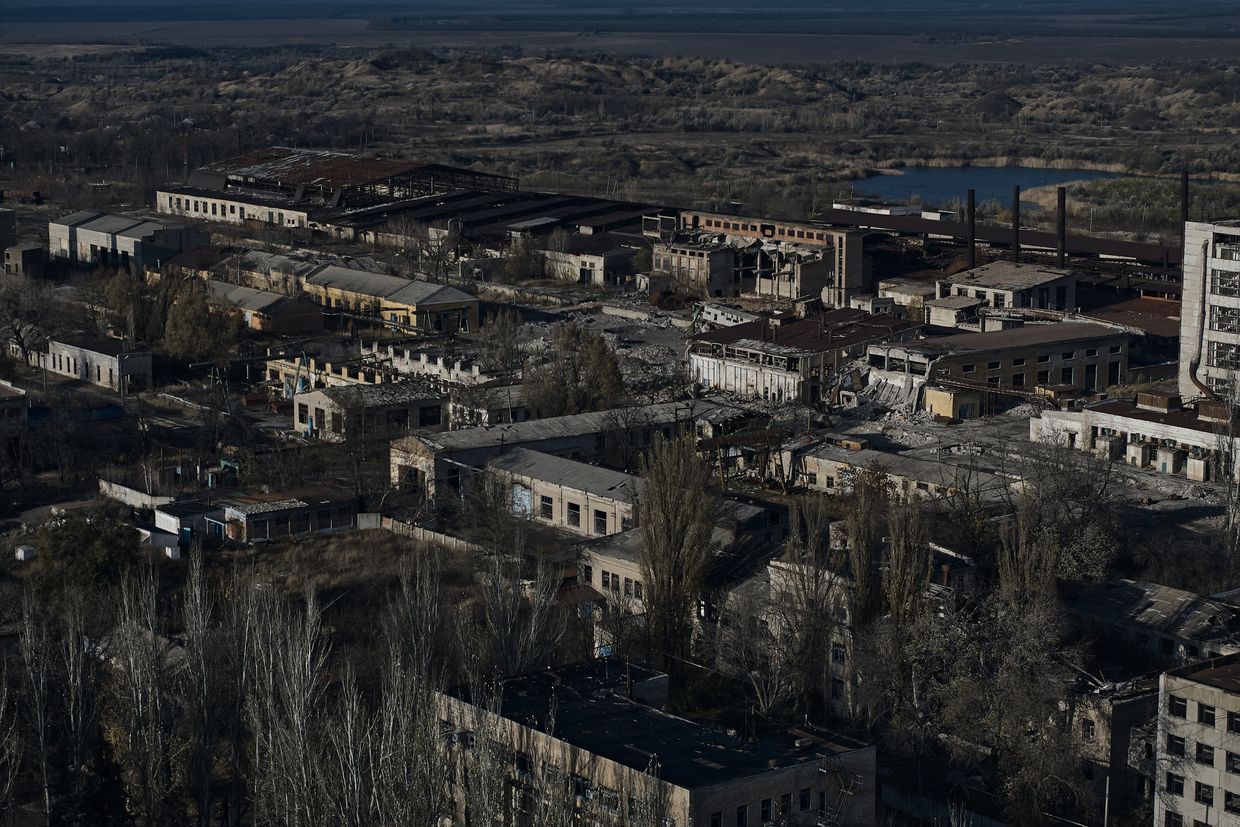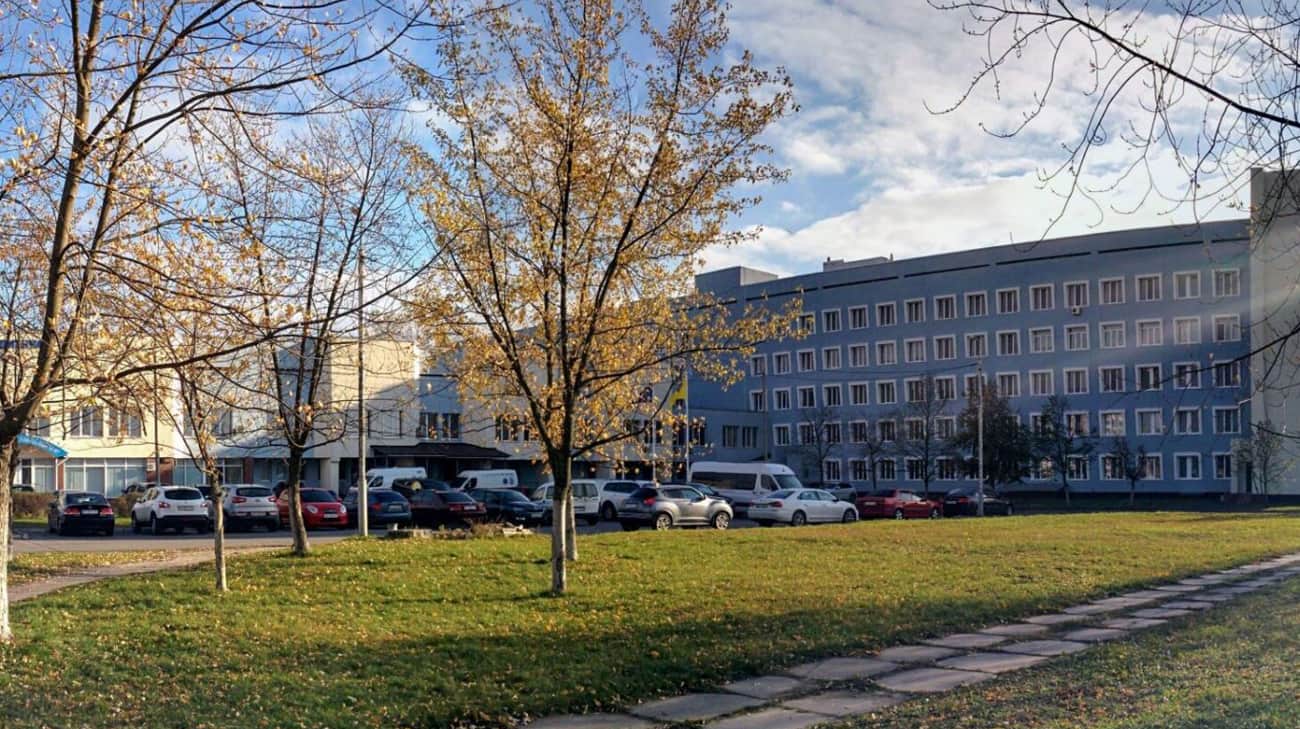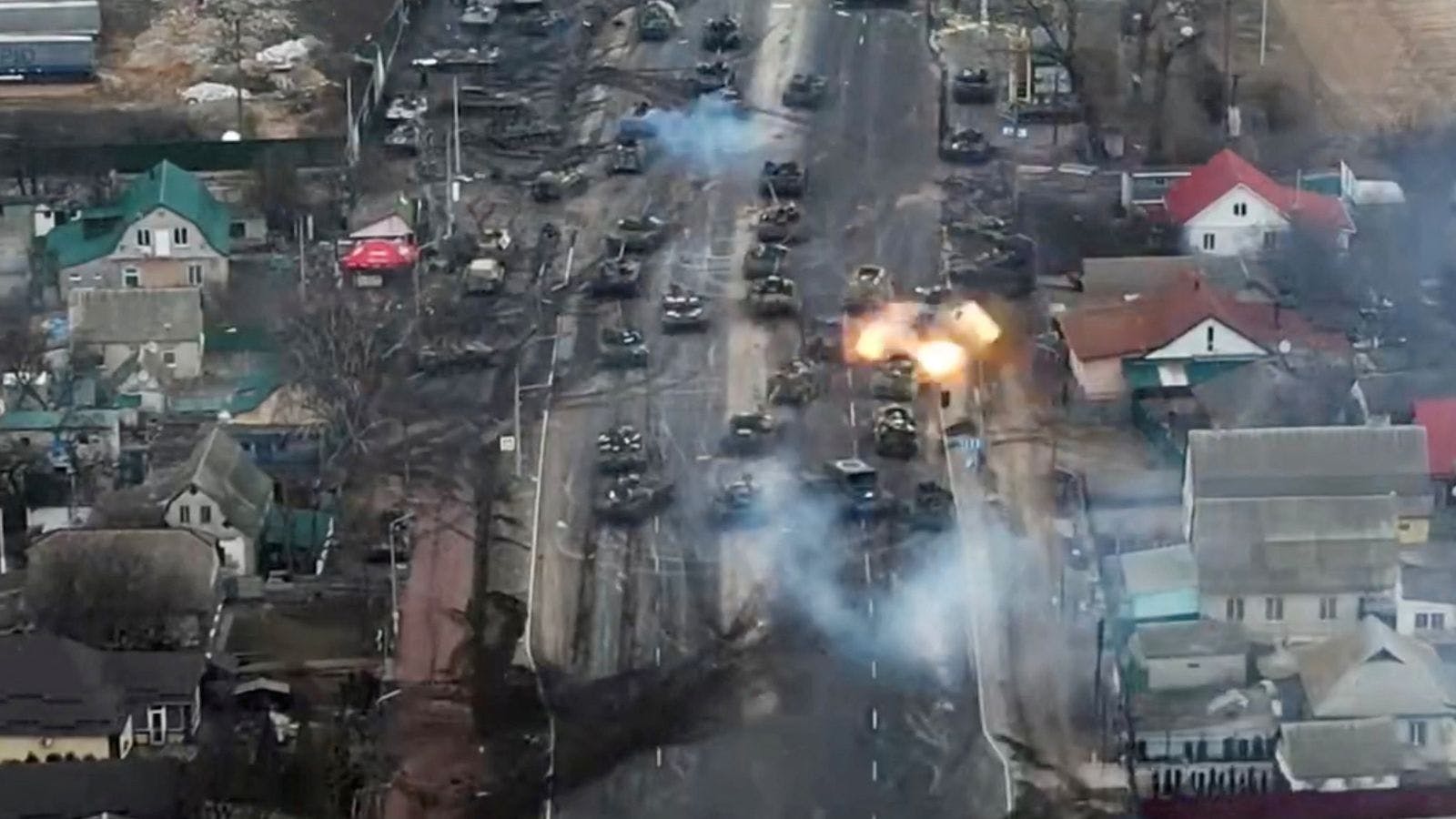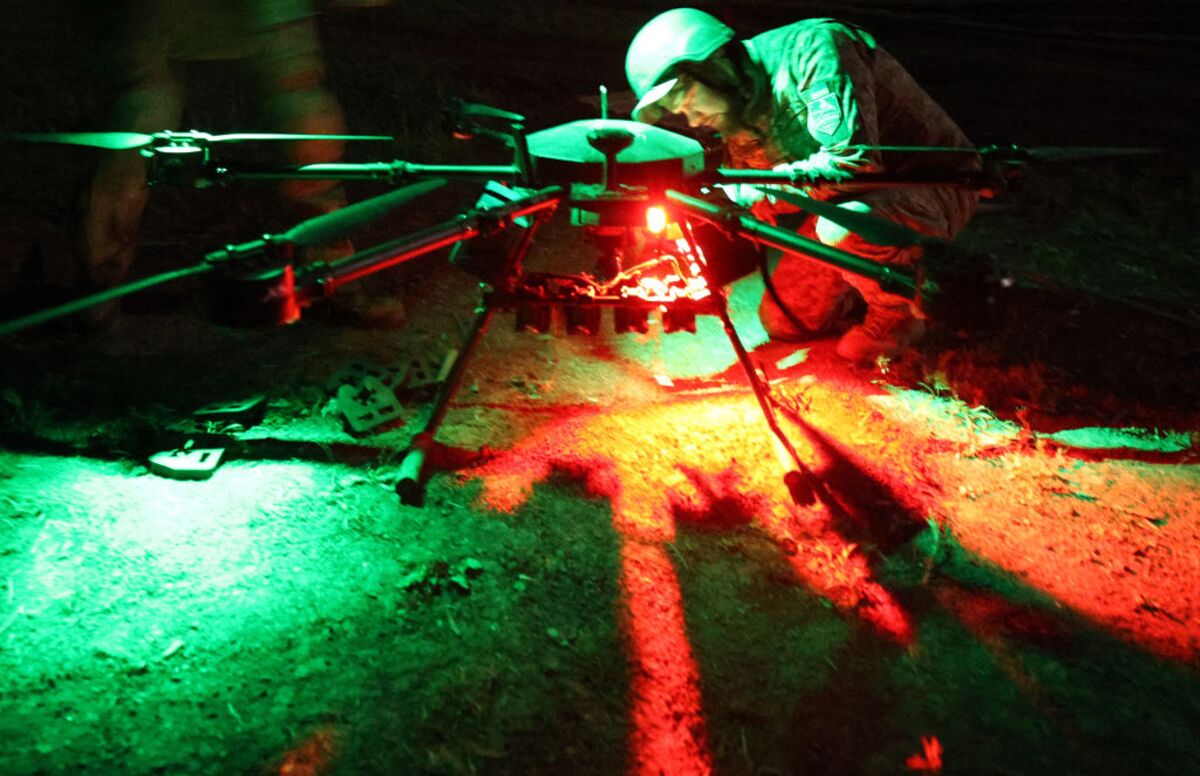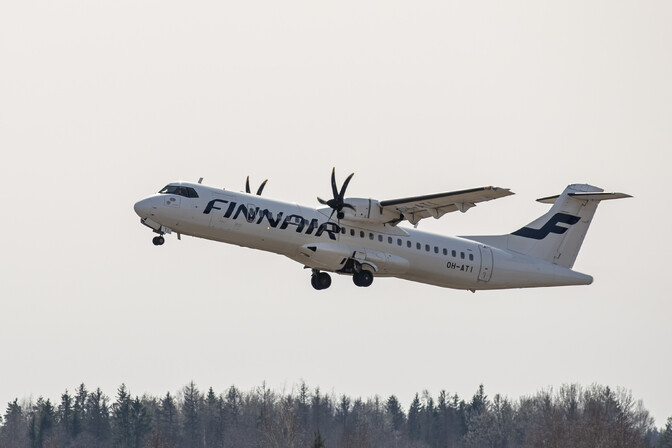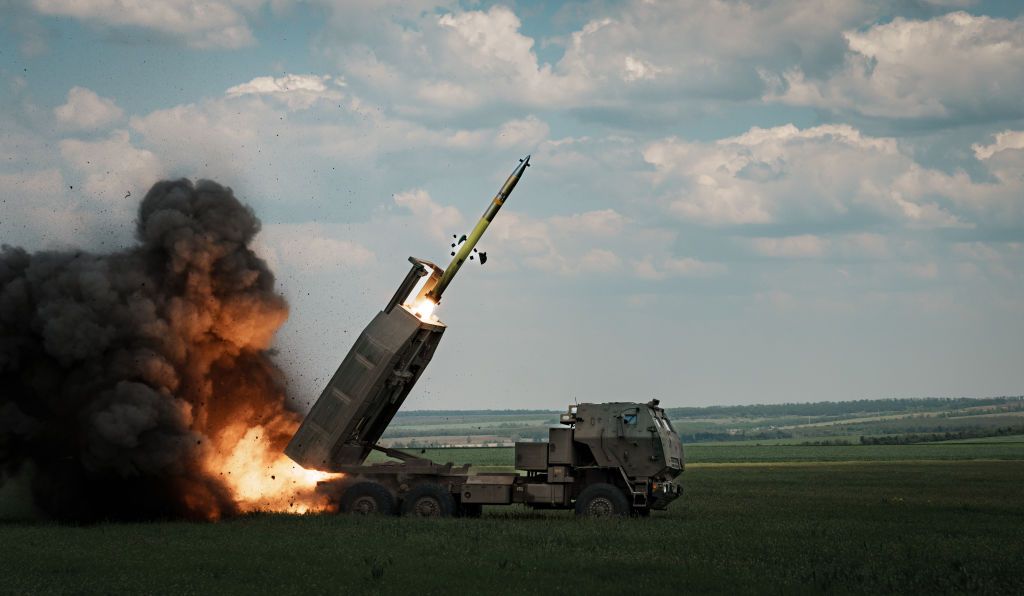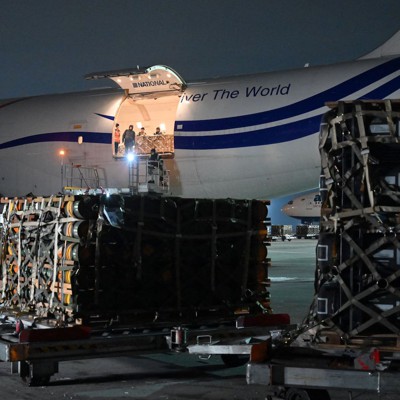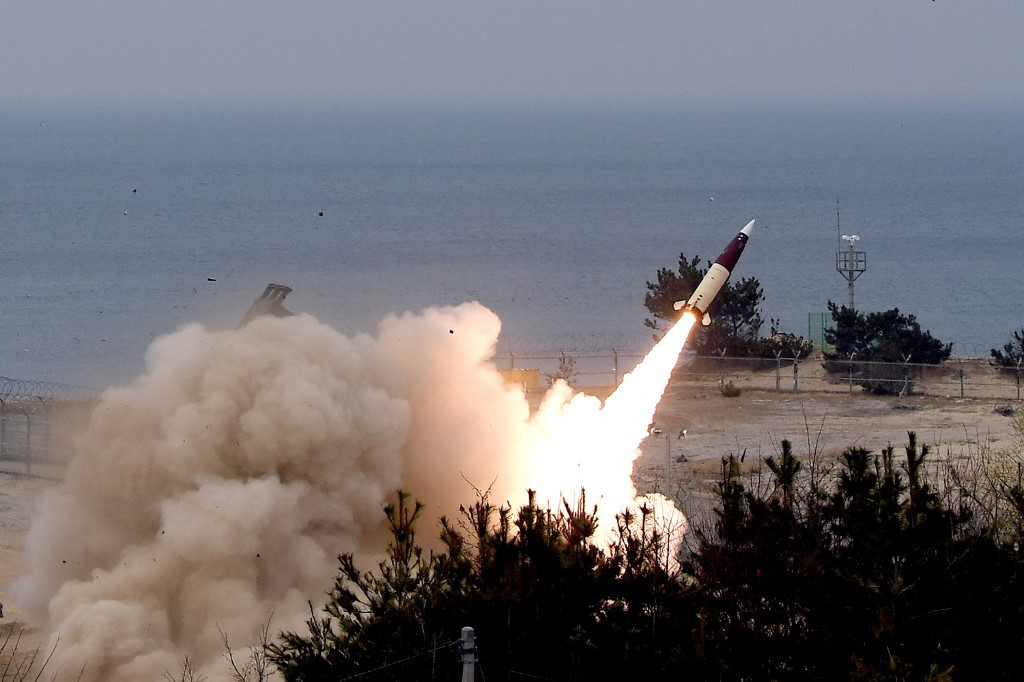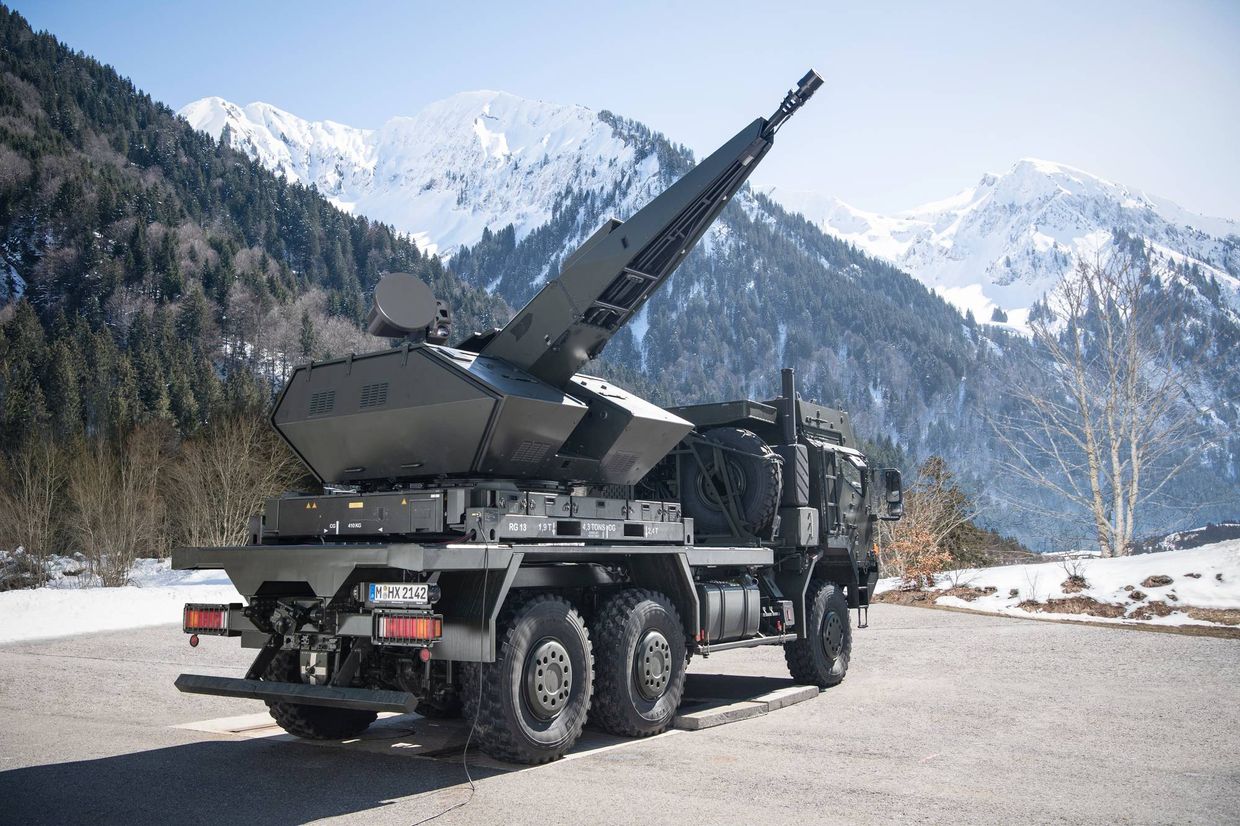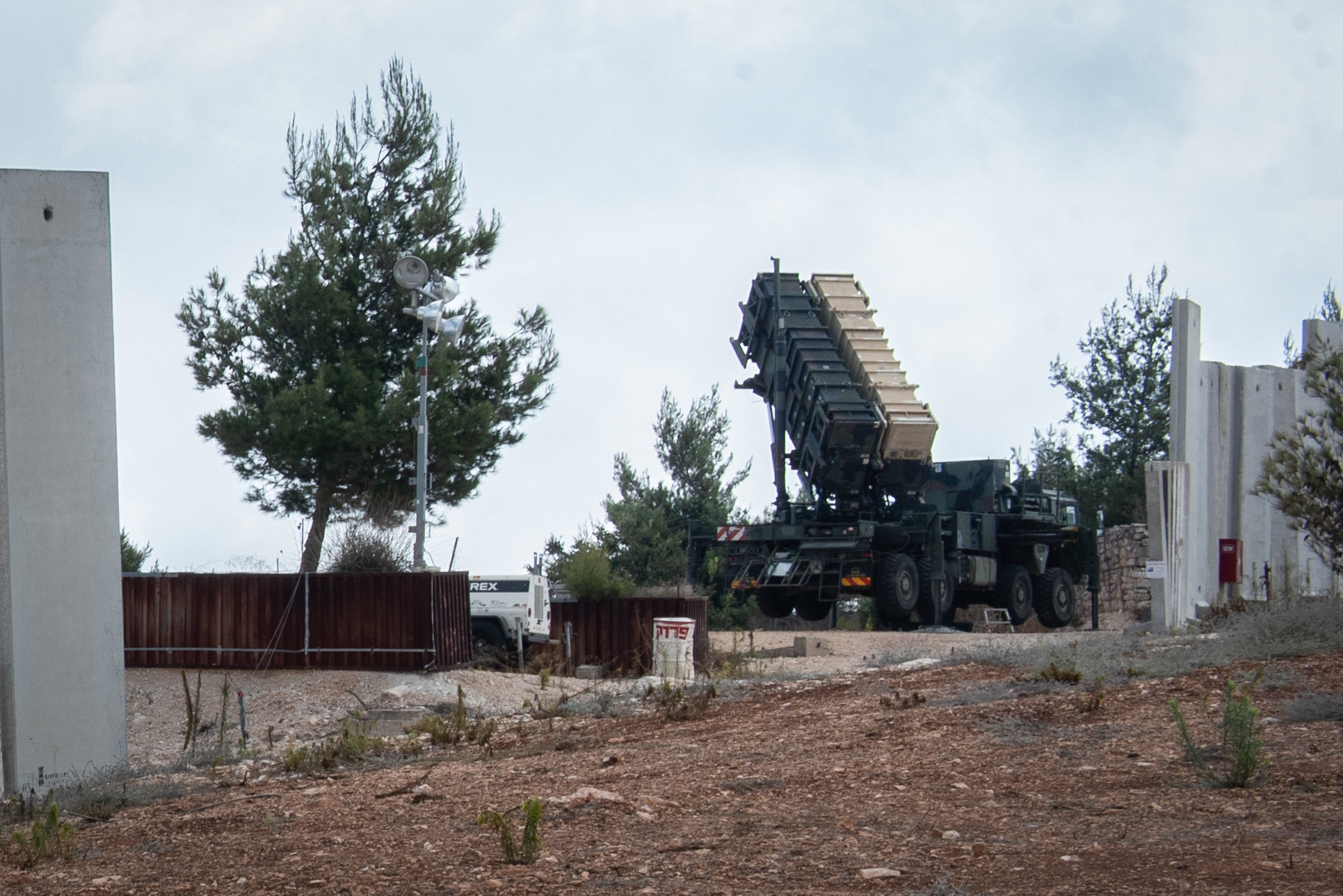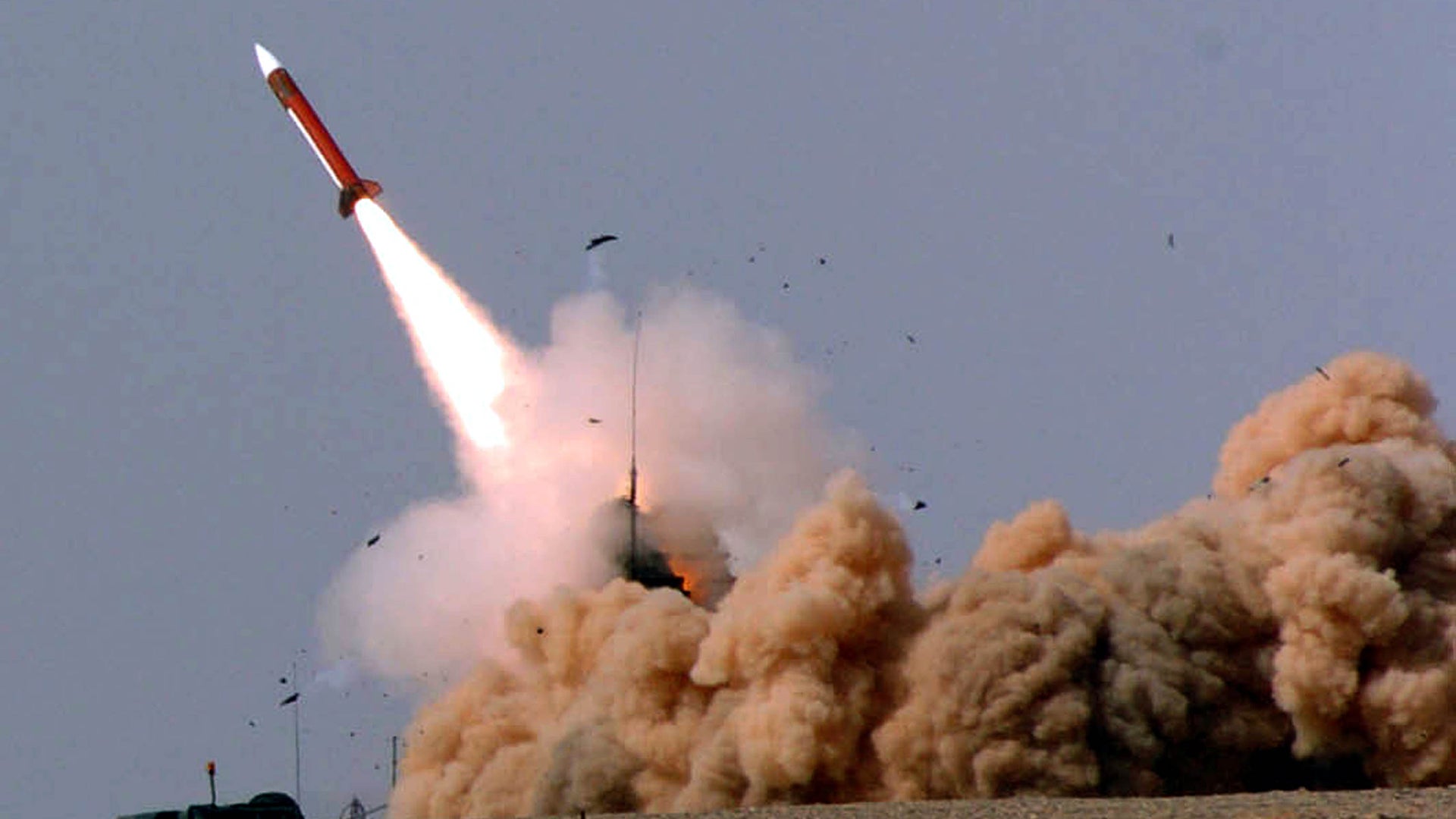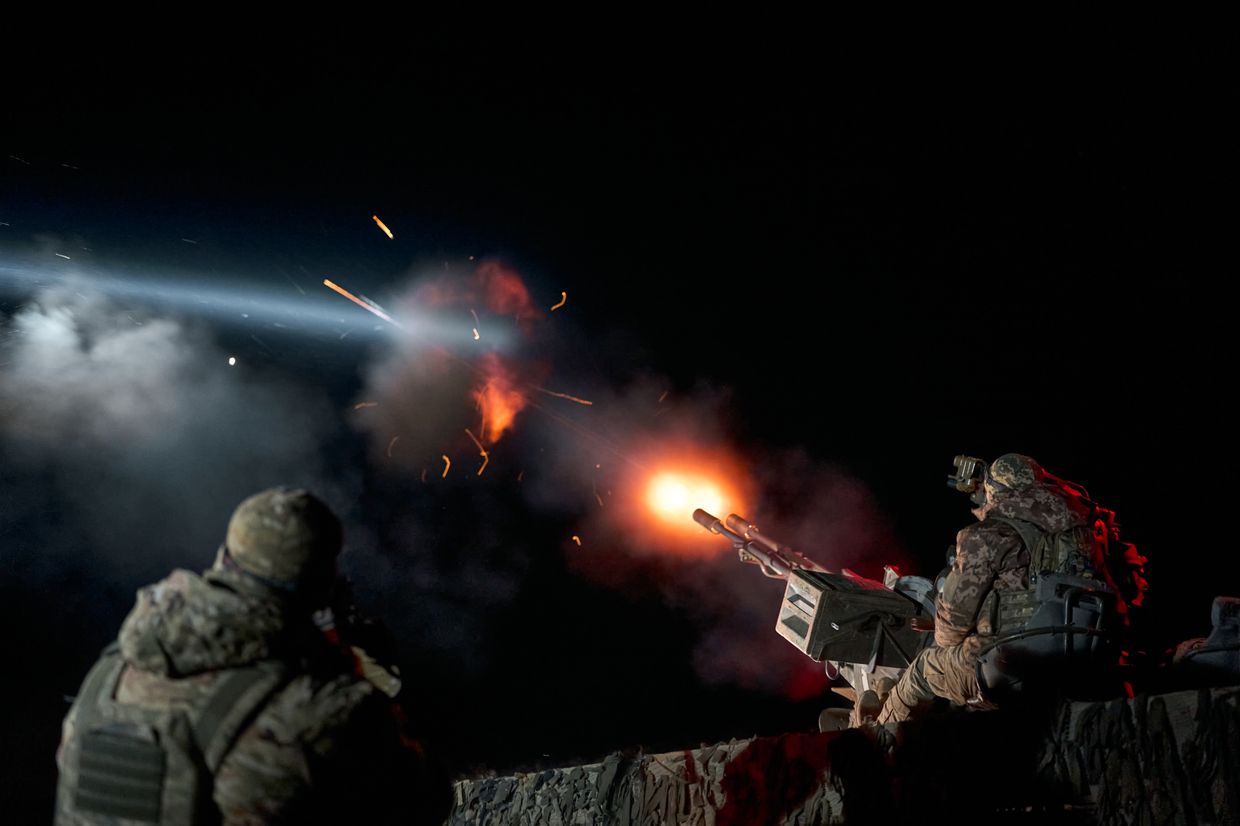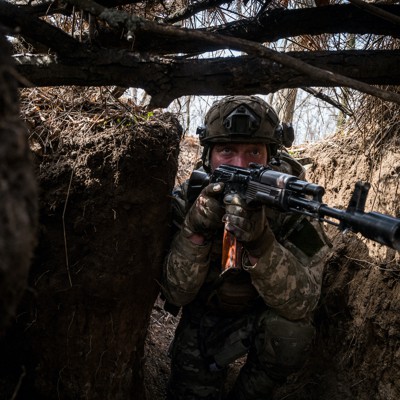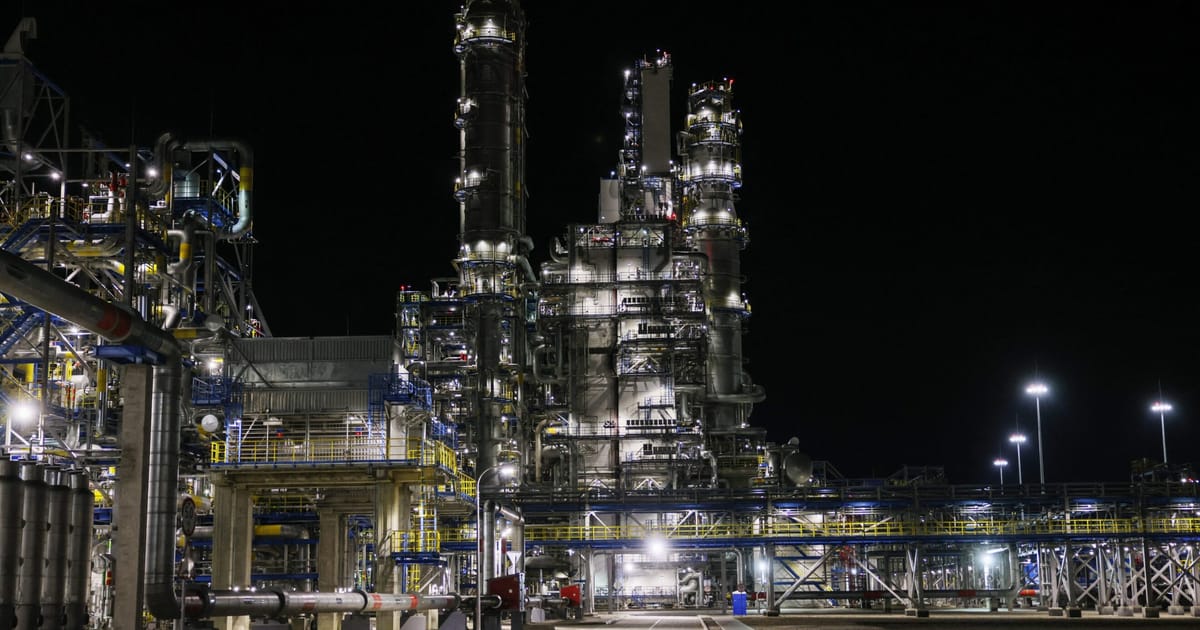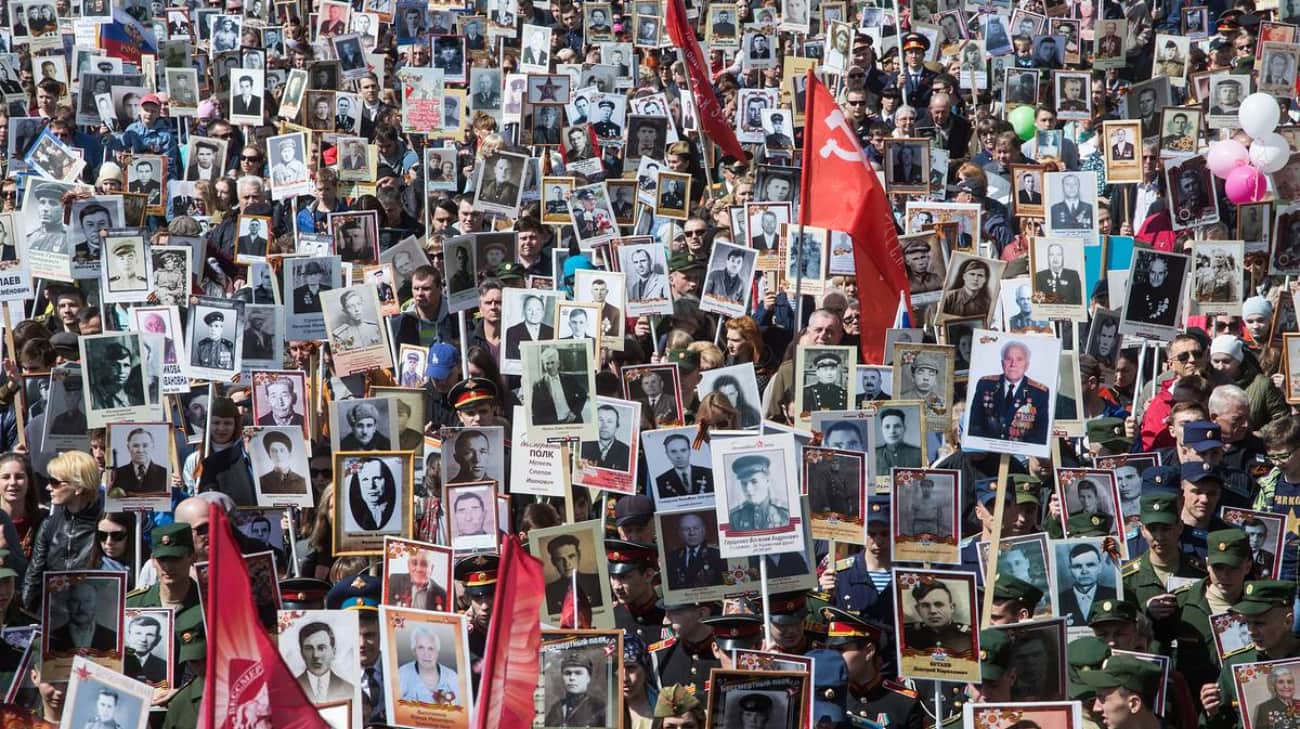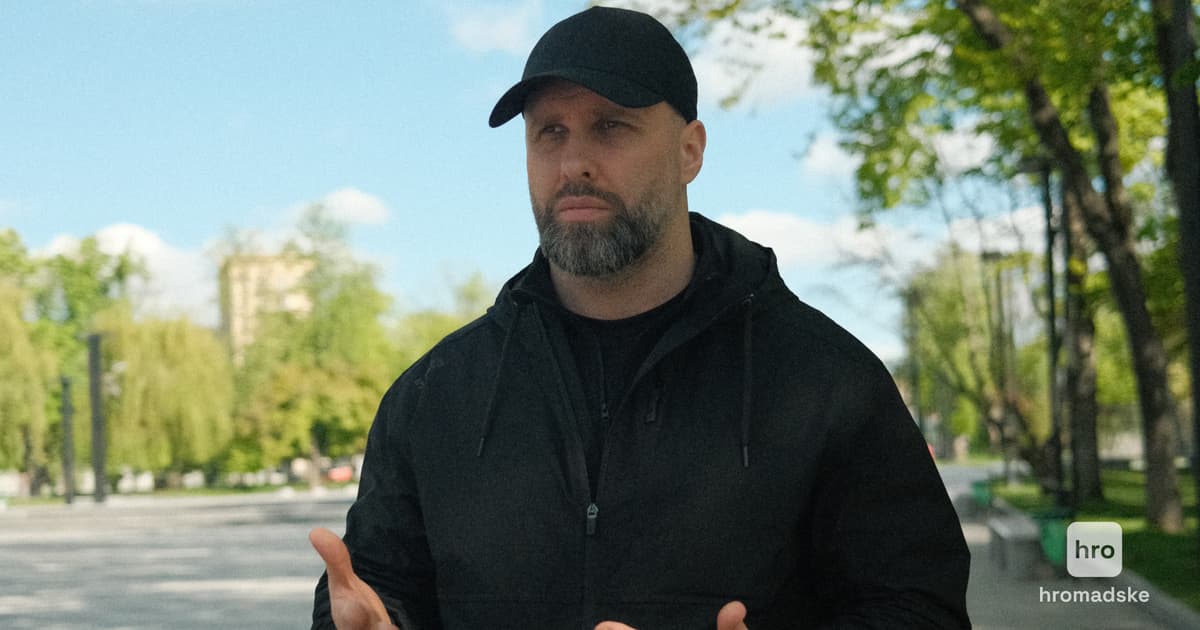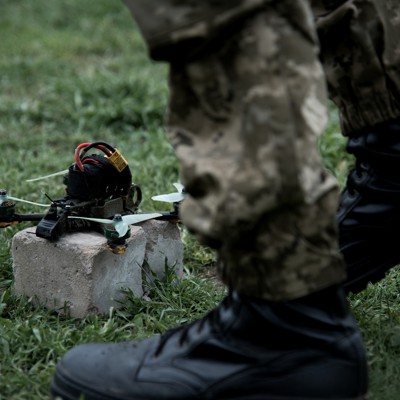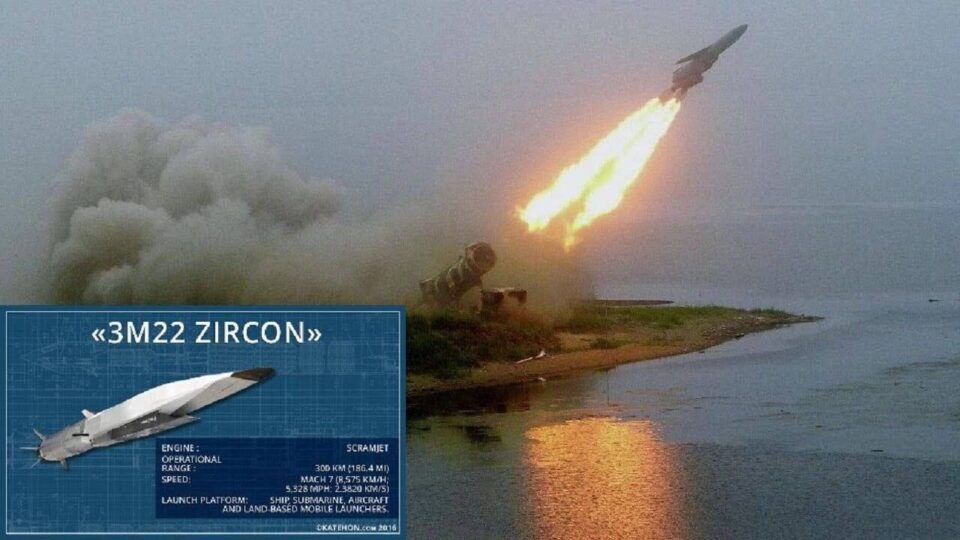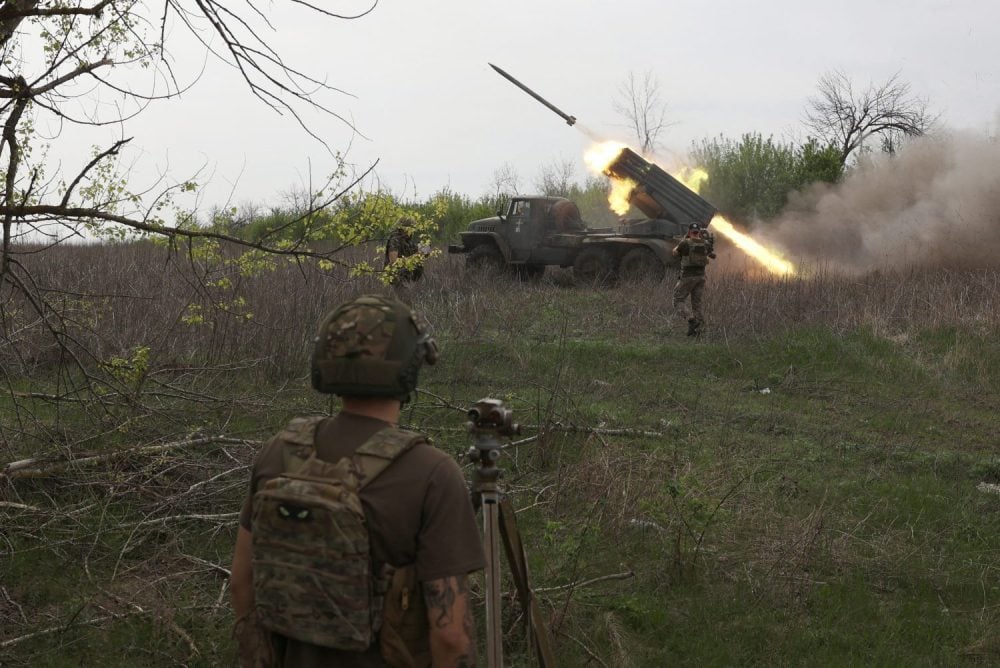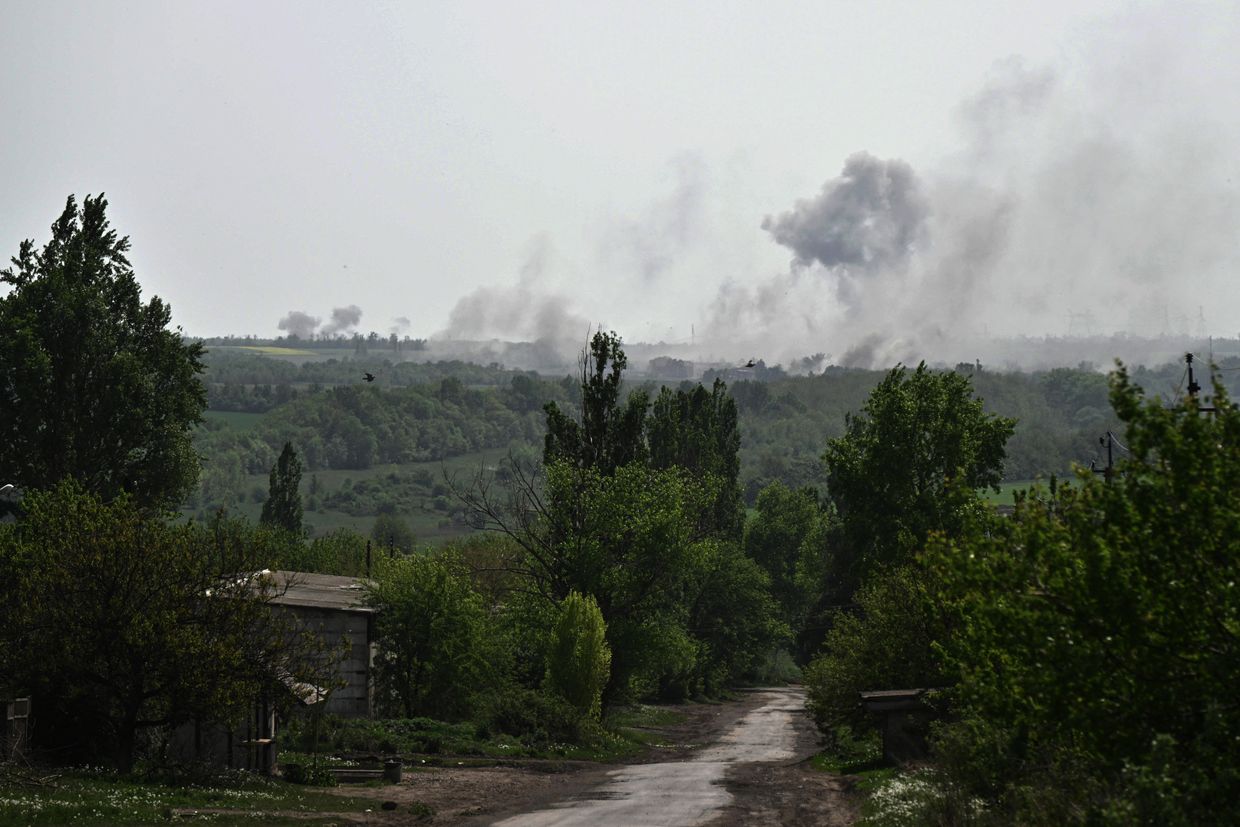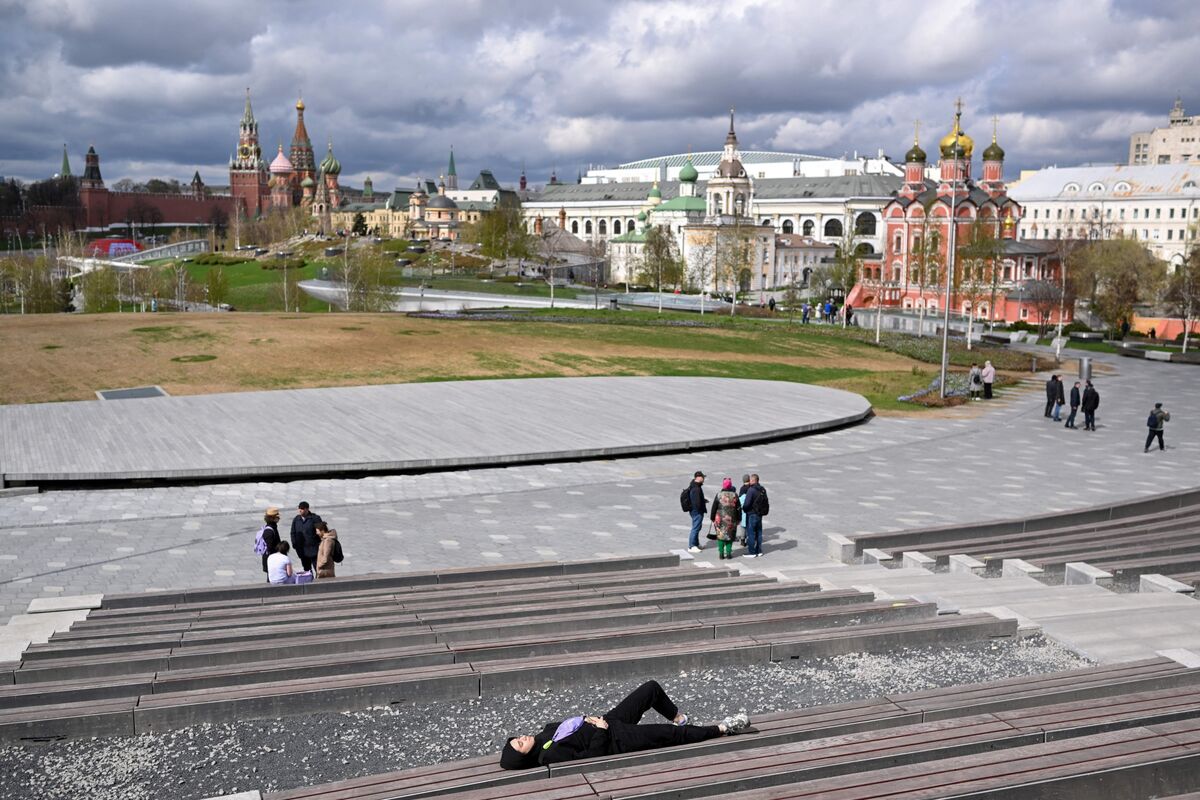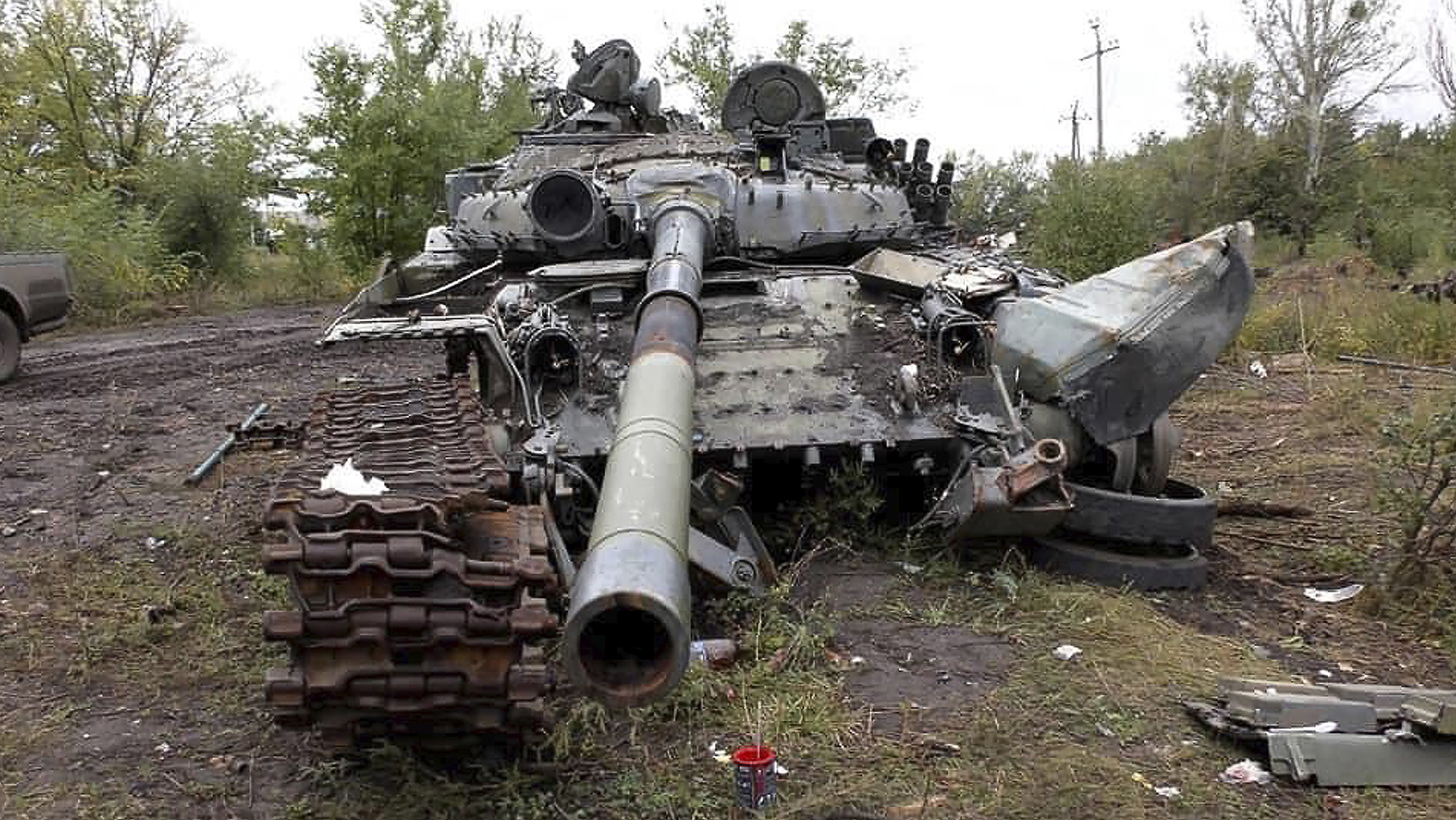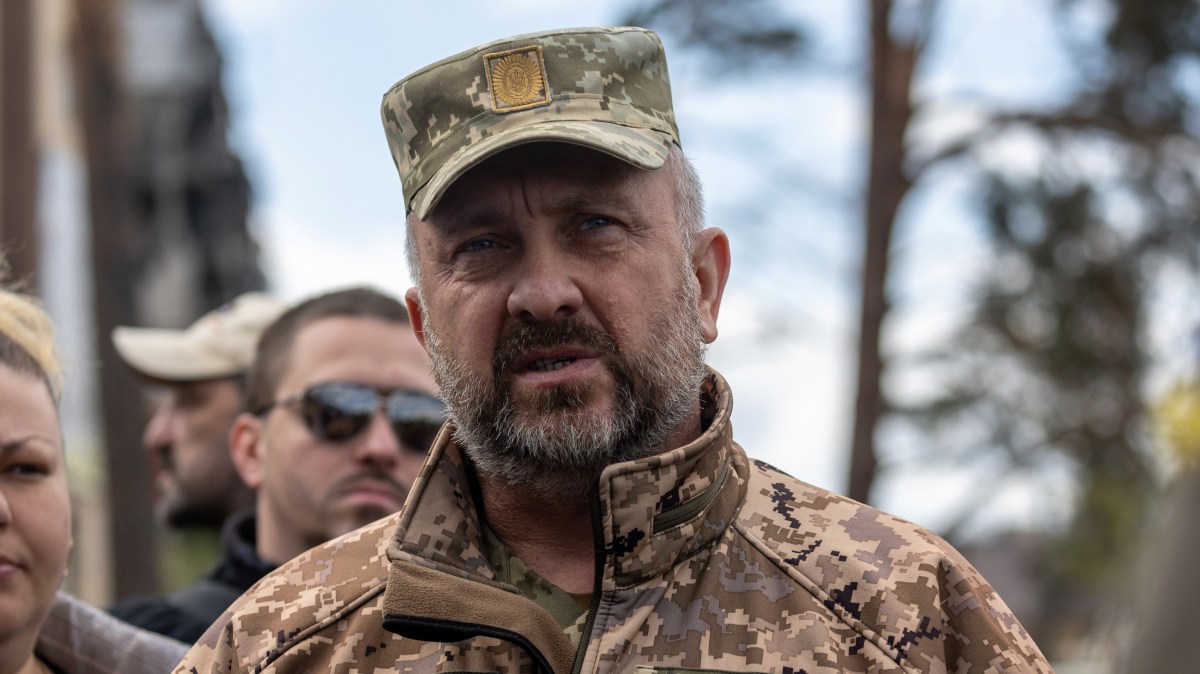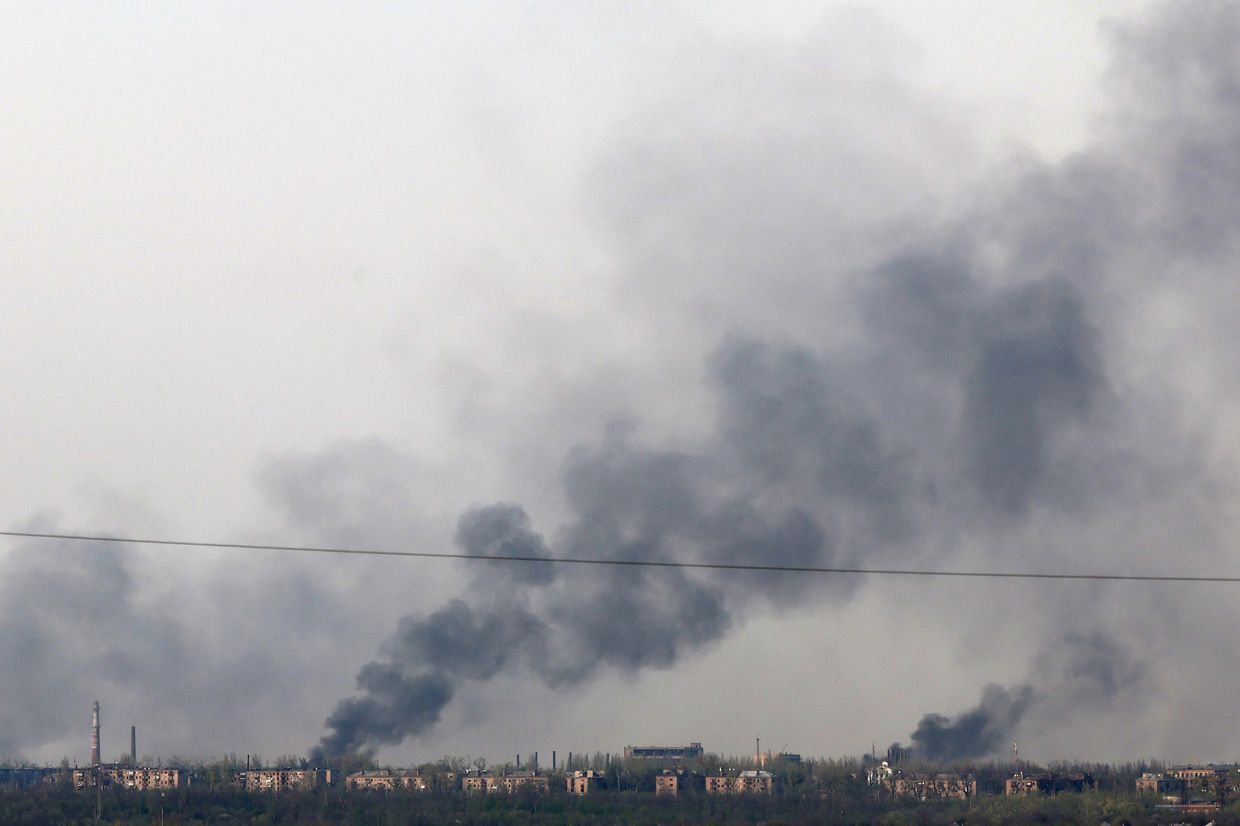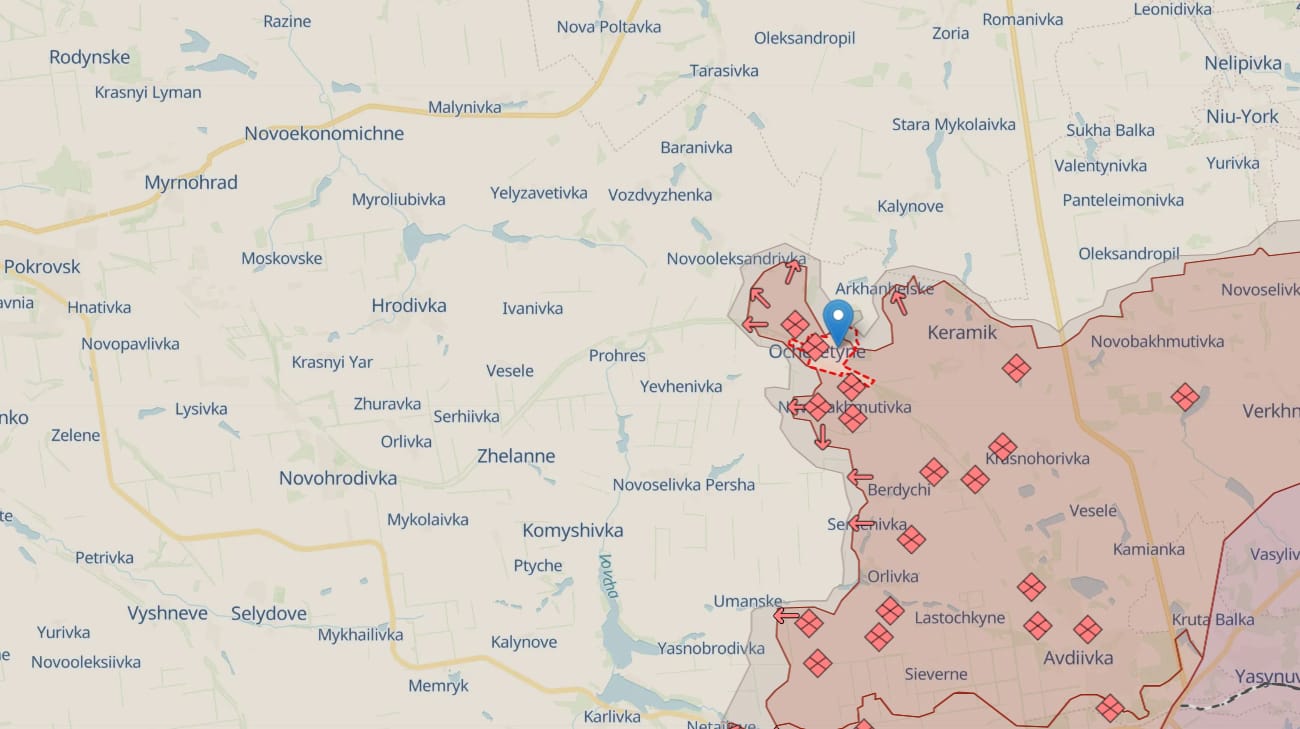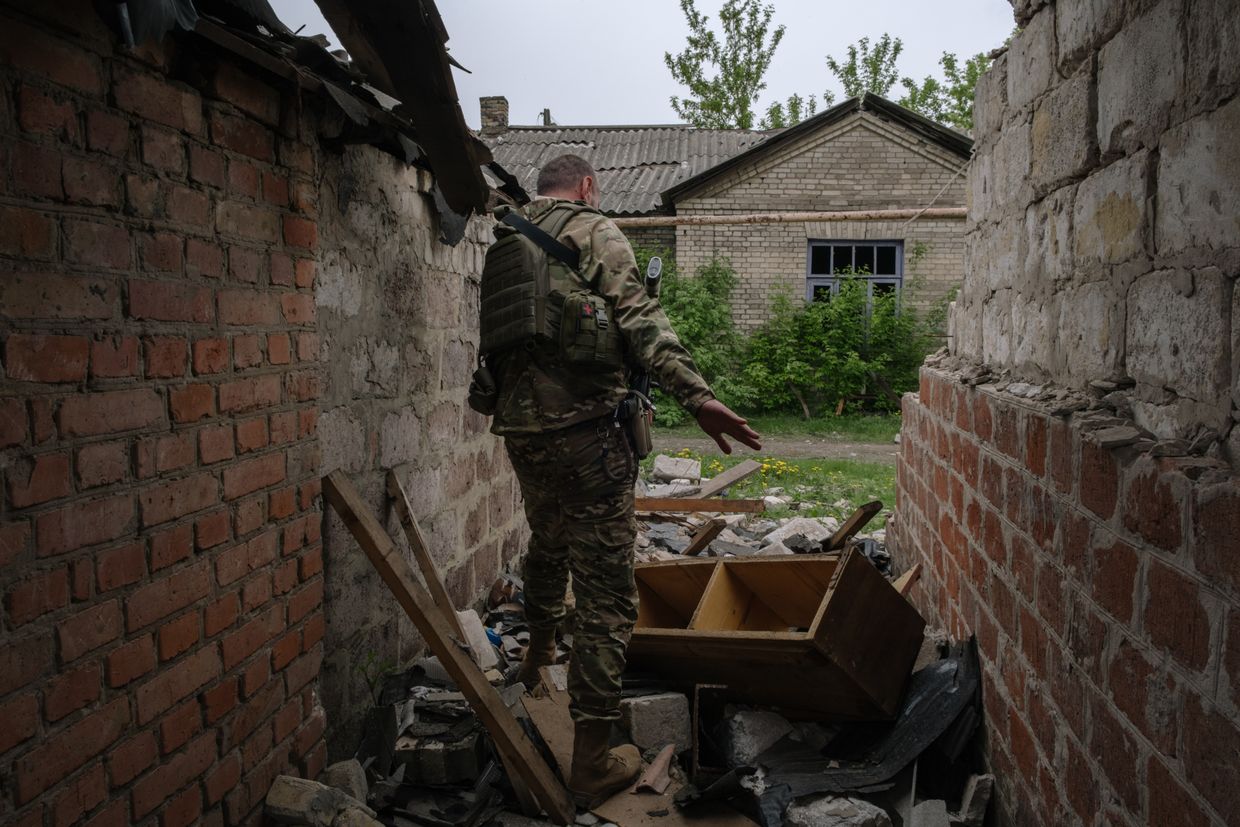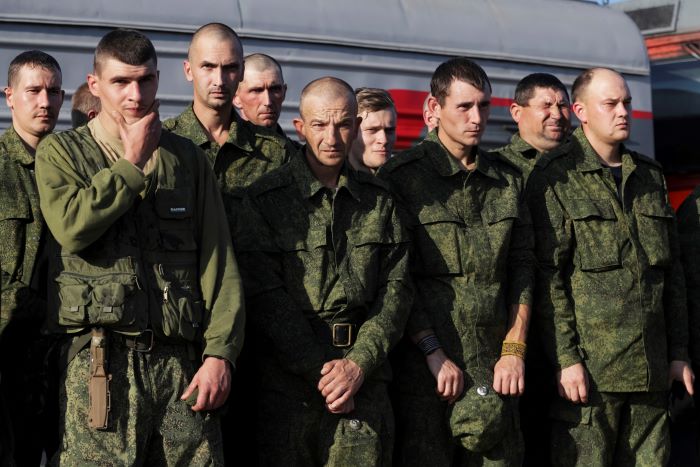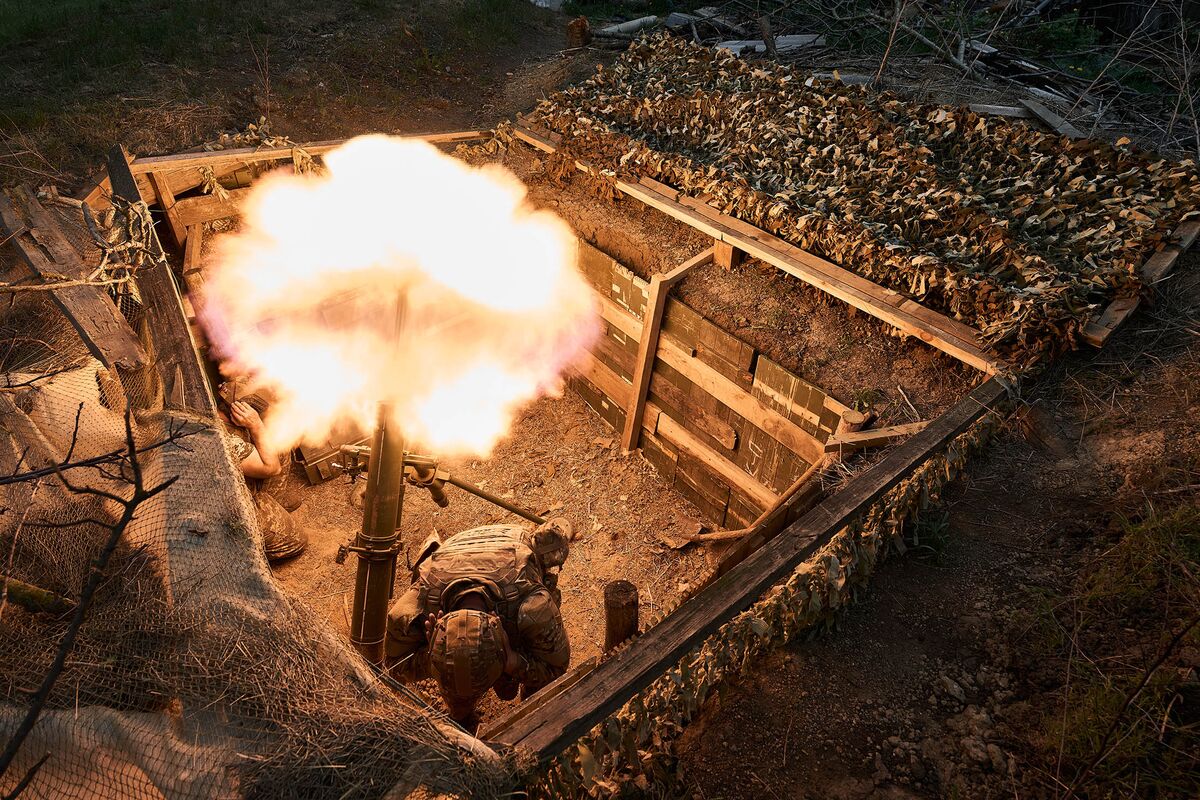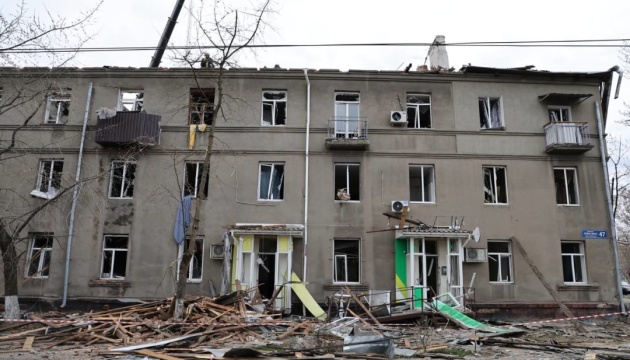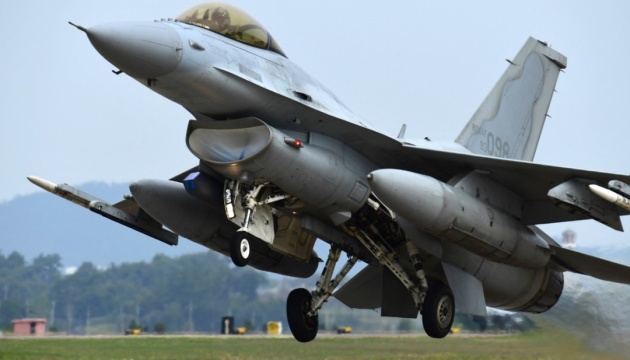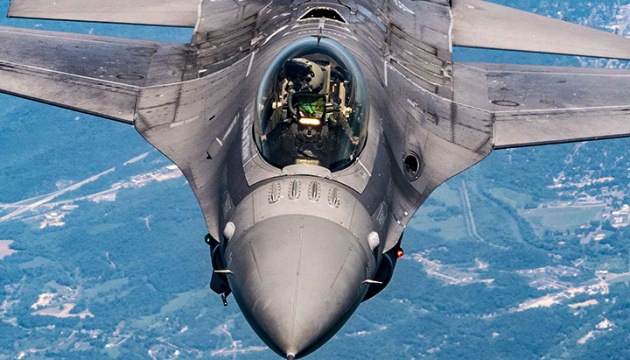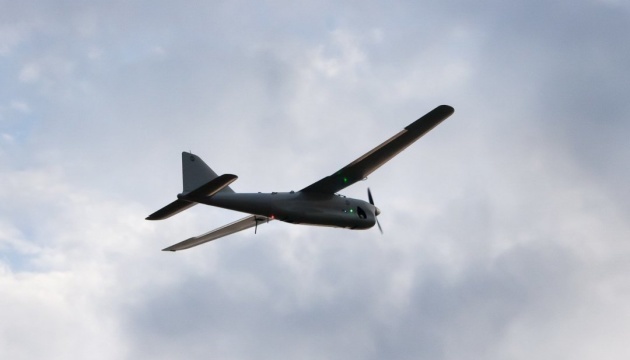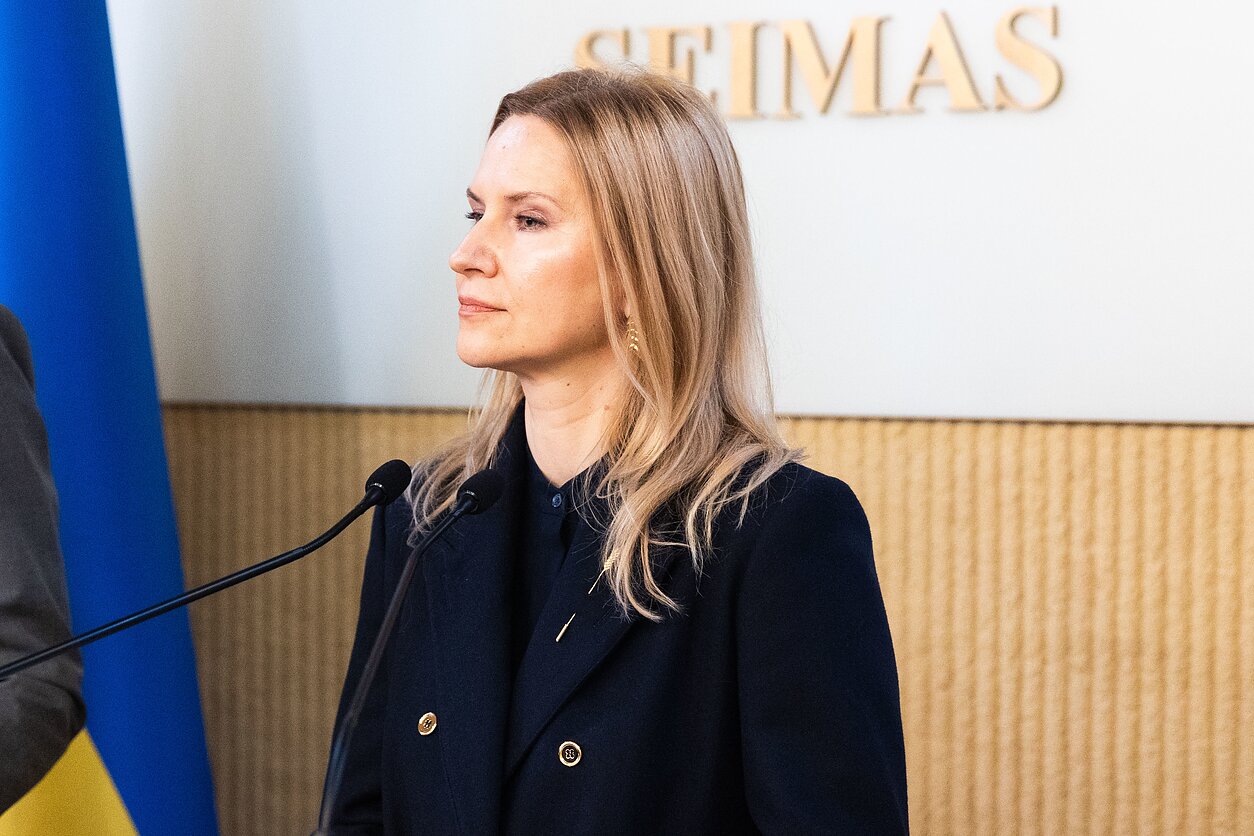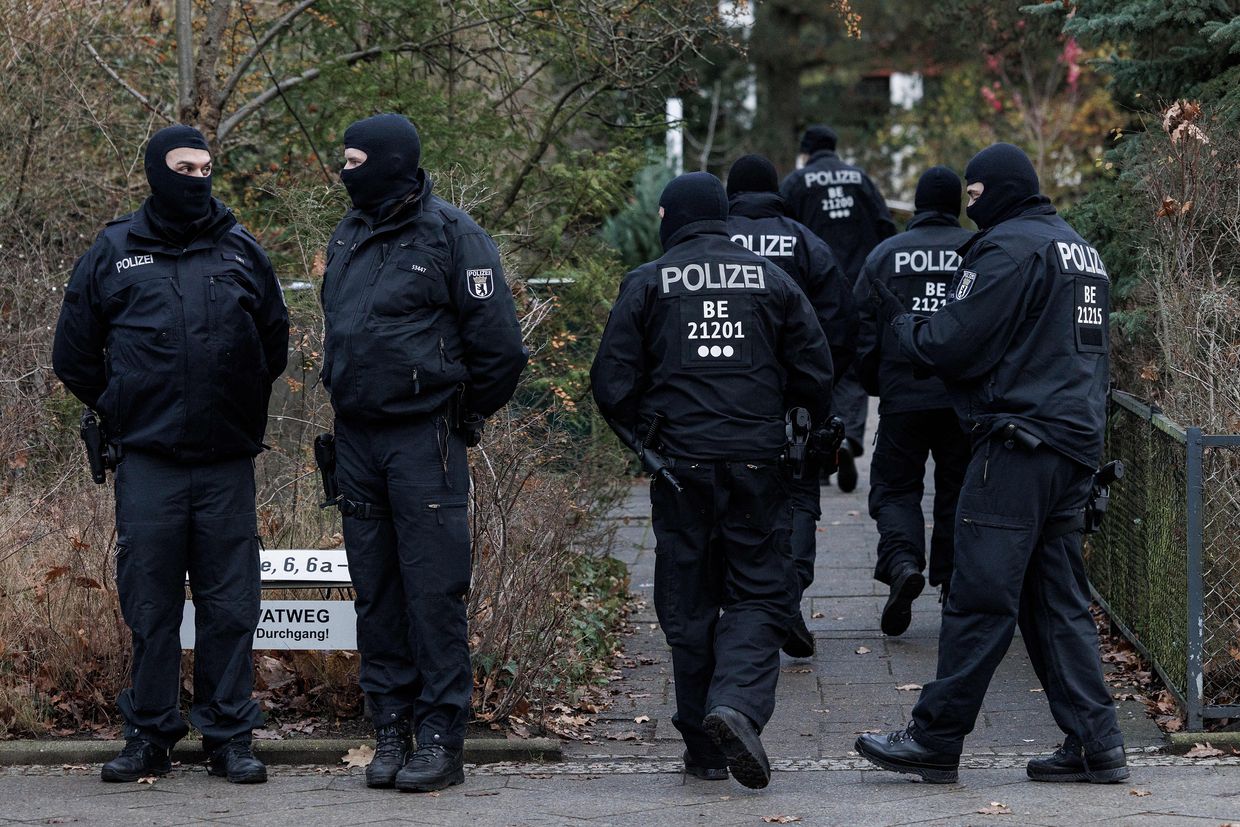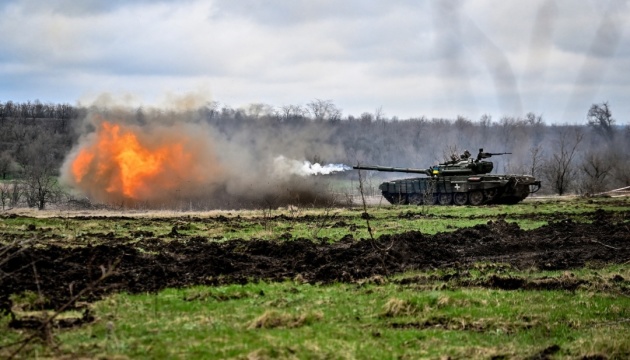This is another thread on the M48 & M57 ATACMS capability profile and why it is needed. It consolidates information from previous threads, corrects past mistakes, and provides a more robust analysis. And yes, the thread also talks about ATACMS' bridge-busting capability.


1/21
The M48 and M57 ATACMS carry the 227kg WDU-18/B unitary warhead. This warhead includes 98 kg of DESTEX high explosives. With this data, we can determine the lethal radius (LR) for various structures based on target hardness and the required overpressure for destruction. 2/21
Most above-ground structures will crumble or collapse under an overpressure of 20 pounds per square inch (psi) caused by a high explosive detonation. The capacity to generate such overpressures is largely a function of the warhead's yield and its distance to the target. 3/21
The M48 and M57 ATACMS have a lethal radius of ~12.7m for 20psi targets. If the missile falls within 12.7m of its target, the target will likely be destroyed or severely damaged.
Whether the missile falls within that lethal radius, depends on its accuracy. 4/21
The accuracy of ATACMS, including the M48/M57 variants, is classified and not publicly disclosed.
In unclassified documents, an accuracy of 9m CEP is often mentioned. This would mean that, on average, 50% of ATACMS launched at a target will land within a 9m radius of it. 5/21
I consider the 9m CEP estimate to be on the higher end, meaning the unclassified CEP of ATACMS is probably lower, particularly for the M57 variant.
To address this uncertainty, along with uncertainties related to other variables, I employ an input distribution approach. 6/21
This graph indicates the single-shot kill probability (SSKP) of M48/M57 for 20psi targets, or the likelihood that one shot will result in one kill.
Random sampling is used to simulate a range of possible outcomes by varying input parameters according to specified distributions.
This approach eliminates the need to depend on individual parameter inputs, which can be inaccurate due to lack of access to classified information.
Based on the graph, the actual SSKP of M48 and M57 ATACMS for 20 psi targets falls within the range of 0.69-1.0, or 69-100%. 8/21
The peak of the curve on the right side of the X-axis shows that the true SSKP is significantly more likely to be between 0.95 and 1.0 than any other value.
Given the lack of access to classified data, this is our best estimate of M48 and M57 ATACMS capability profile. 9/21
Overall, this means that against regular 20 psi targets, or any softer target, M48/M57 ATACMS have a very high likelihood of achieving destruction with a single shot, as long as the missile is not intercepted or experiences a systemic error.
But what about bridge targets? 10/21
Bridge targets are unique due to their small surface area.
If the missile falls short/overshoots the target lengthwise, it may only punch a hole in the bridge deck (which would still cause damage). If it falls to the side, it will land in the water without causing damage. 11/21
A ballpark estimate is that a Kerch Bridge pillar represents a 10m^2 target, resulting in a 5m lethal radius.
M48/M57 have a lethal radius of ~12.7m for 20 psi targets, meaning that if the missile lands anywhere within 5m of the pillar, we can assume target destruction. 12/21
The likelihood of ATACMS achieving this level of accuracy strongly depends on its CEP.
If the CEP is 9m, the SSKP for a Kerch bridge target point is less than 0.2 or 20%. If the CEP is less than 4m, which may be realistic for the M57, the SSKP increases to >0.8. 13/21
The likelihood of target destruction, or P(kill), can be increased by launching more than one missile at the target, as shown below.
Depending on the CEP, even a relatively low number of M48/M57 ATACMS launched may produce a high likelihood of kill against a bridge target. 14/21
What does this mean?
This analysis suggests that the M48/M57 ATACMS would be highly effective against most, if not all, Russian above-ground structures in Ukraine.
As such, it could serve as an effective replacement for Ukraine's diminishing Storm Shadow/SCALP-EG arsenal. 15/21
This is crucial because, as I have previously highlighted, Ukraine will eventually deplete its supply of Storm Shadow/SCALP-EG cruise missiles.
Without resupply, Ukraine's long-range strike arsenal may encounter severe shortages by the year's end. 16/21
The analysis also demonstrates that unlike the German-Swedish Taurus KEPD-350 cruise missile, which in many ways is optimized to take down bridge targets, ATACMS is not the ideal weapon to destroy the Kerch Bridge. 17/21
This being said, depending on their accuracy, M48 and M57 ATACMS may have bridge-busting capability.
Whether or not they would be used for this purpose in my view depends on:
1) targeting restrictions imposed
2) operational needs and priorities
3) the unclassified CEP
18/21
In any case, the effectiveness of M48/M57 ATACMS against bridges may also be somewhat secondary.
What's crucial is the ability to target

semi-hardened above-ground structures from long range (0.95-1.0 SSKP), even as

's Storm Shadow/SCALP-EG arsenal nears depletion. 19/21
Finally, M48/M57 ATACMS would allow

to prioritize Storm Shadow/SCALP-EG strikes for targets demanding genuine hard-target kill capability.
That's why I hope that we will soon hear confirmation that the

has delivered these variants or will do so in the near future. 20/21
As @ColbyBadhwar's excellent ATACMS thread shows, the

has a substantial inventory of expired and unexpired M48 and M57 ATACMS.
Part of this could go to

, especially as production of ATACMS' successor, the Precision-Strike Missile, ramps up. 21/21
